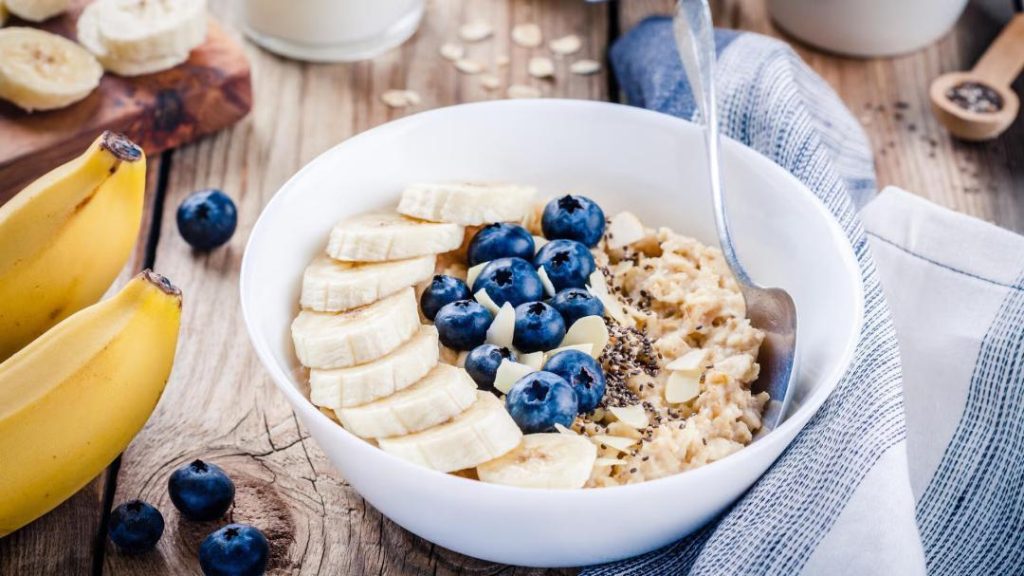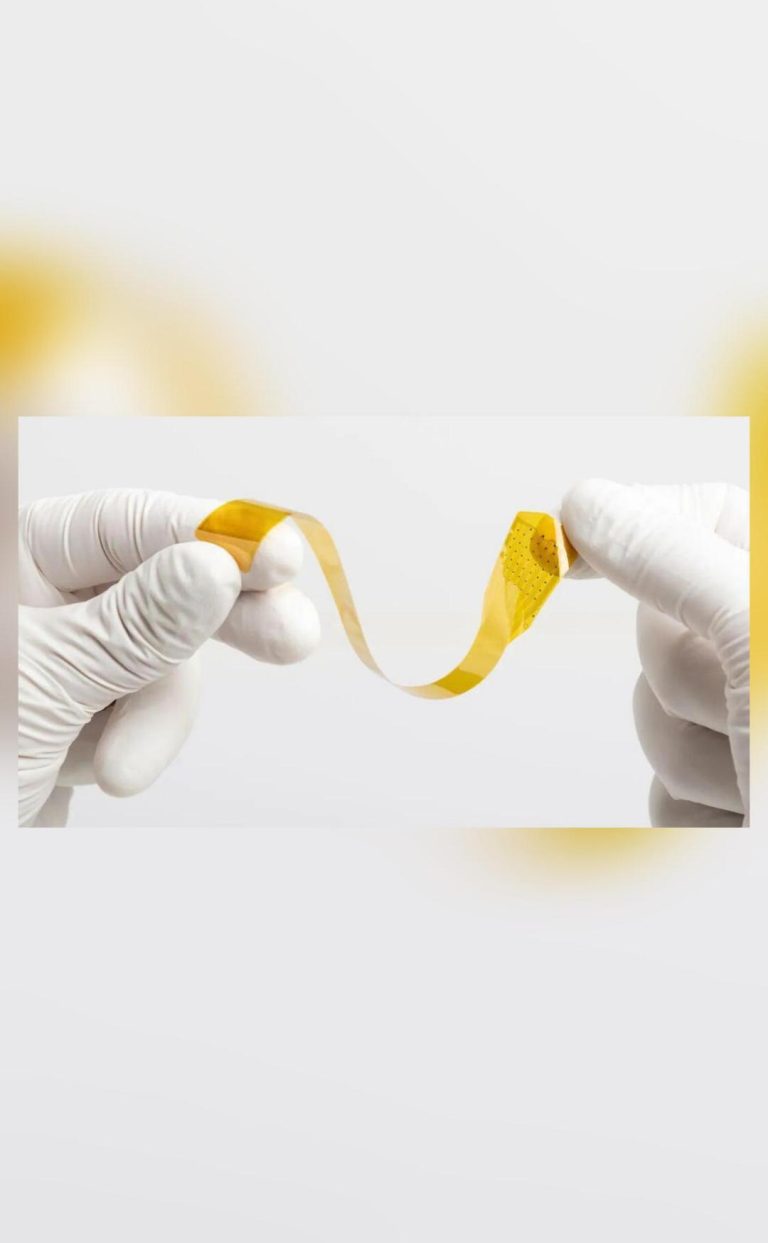
Eating Bananas May Help Curbing High Blood Pressure: Study
High blood pressure, also known as hypertension, is a silent killer that affects millions of people worldwide. According to the World Health Organization (WHO), over 30% of adults globally suffer from high blood pressure, which increases the risk of heart disease, stroke, and kidney disease. Managing high blood pressure is crucial to prevent these life-threatening complications. A recent study by researchers at the University of Waterloo has shed new light on how to effectively lower blood pressure: increasing the ratio of dietary potassium to sodium intake.
The study, published in the Journal of the American Heart Association, suggests that reducing sodium intake alone may not be enough to curb high blood pressure. Instead, a balanced diet that includes potassium-rich foods can be a more effective strategy. Potassium is an essential mineral that helps regulate blood pressure by balancing out the effects of sodium. When sodium levels are high, potassium helps counteract its effects by reducing blood vessel stiffness and improving blood flow.
The researchers found that increasing the ratio of potassium to sodium in the diet can significantly lower blood pressure. To achieve this, individuals can incorporate more potassium-rich foods into their diet, such as bananas, avocados, leafy greens, and sweet potatoes. These foods are naturally high in potassium and can help reduce blood pressure by up to 10 mmHg.
Bananas, in particular, are an excellent source of potassium. One medium-sized banana contains around 422 milligrams of potassium, which is approximately 12% of the recommended daily intake. Eating one or two bananas a day can provide a significant boost to potassium levels, helping to regulate blood pressure and reduce the risk of hypertension.
In addition to bananas, other potassium-rich foods that can help lower blood pressure include:
- Broccoli: One cup of cooked broccoli contains around 564 milligrams of potassium.
- Avocado: One medium-sized avocado contains around 708 milligrams of potassium.
- Sweet potatoes: One medium-sized sweet potato contains around 542 milligrams of potassium.
- Spinach: One cup of cooked spinach contains around 840 milligrams of potassium.
The researchers used a combination of laboratory experiments and human studies to investigate the effects of potassium and sodium on blood pressure. They found that when potassium levels were increased, blood pressure decreased, and when sodium levels were increased, blood pressure increased.
The study’s lead author, Dr. David Lau, a professor at the University of Waterloo, emphasized the importance of a balanced diet in managing high blood pressure. “Our study suggests that a diet rich in potassium can be a more effective way to lower blood pressure than simply reducing sodium intake,” Dr. Lau said. “By incorporating more potassium-rich foods into our diet, we can reduce our risk of high blood pressure and related heart health problems.”
The findings of this study are significant, as high blood pressure is a major public health concern. According to the WHO, high blood pressure is responsible for over 12% of global deaths, making it a leading risk factor for death worldwide. By incorporating more potassium-rich foods into our diet, we can take a proactive approach to managing high blood pressure and reducing our risk of heart disease and stroke.
In conclusion, the study by the University of Waterloo highlights the importance of a balanced diet in managing high blood pressure. By increasing the ratio of potassium to sodium intake, individuals can lower their blood pressure and reduce their risk of heart health problems. Eating bananas and other potassium-rich foods can be a simple and effective way to achieve this. As Dr. Lau emphasized, “Eating more bananas and other potassium-rich foods can be a tasty and healthy way to lower your blood pressure and improve your overall heart health.”
Source:
https://uwaterloo.ca/news/media/high-blood-pressure-eat-more-bananas






